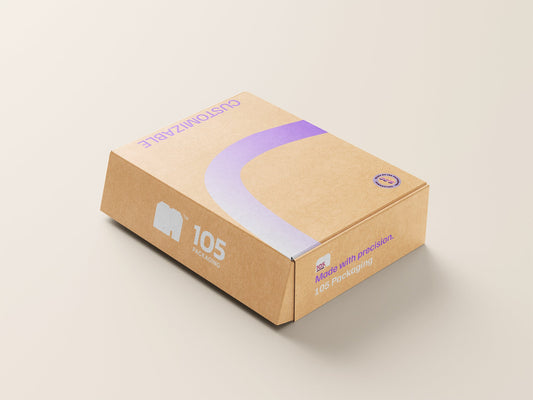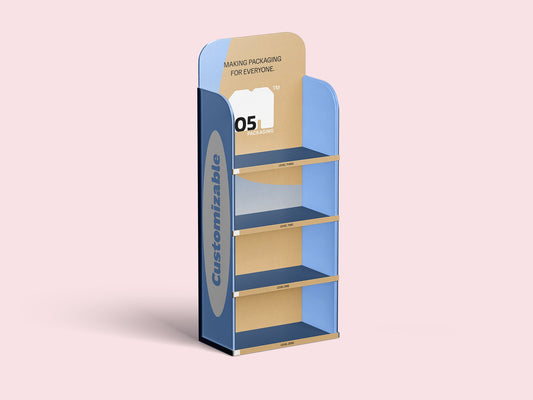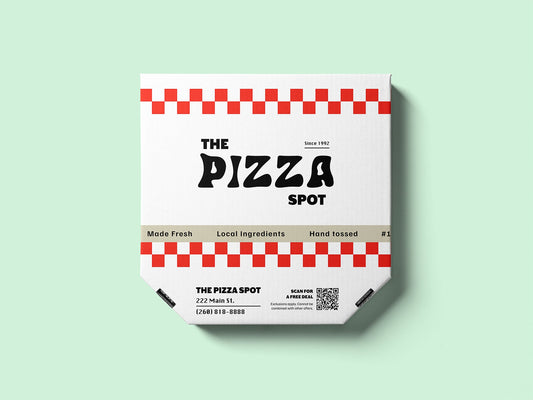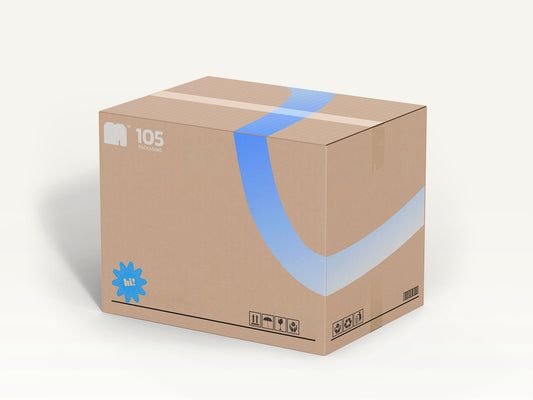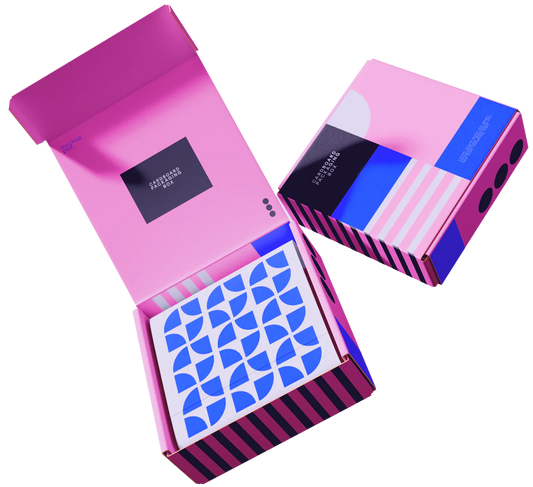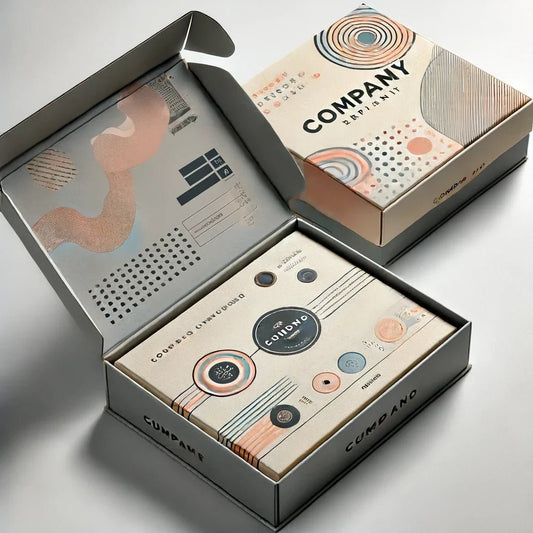Understanding sustainable packaging design
Sustainable packaging design aims to minimize environmental impact throughout a package's lifecycle. This approach has gained momentum as environmental awareness grows among consumers and businesses.
Key principles of sustainable packaging design include:
Reducing material use and waste, utilizing renewable or recycled materials, designing for reuse or recycling, enhancing production and transport efficiency, and considering the package's full lifecycle.

The goal is to lower the carbon footprint of traditional packaging methods through lightweight designs, biodegradable materials, easily recyclable packaging, and elimination of unnecessary components.
Implementation requires a holistic view of material sourcing, manufacturing, transportation, and disposal. Companies embracing sustainable packaging often see cost savings and improved brand perception. As regulations tighten and consumer expectations evolve, sustainable design is becoming crucial across industries. Adopting eco-friendly solutions allows businesses to demonstrate environmental stewardship while meeting growing demand for sustainable practices.
Key principles of eco-friendly packaging
 Several core principles guide sustainable packaging design:
Several core principles guide sustainable packaging design:
- Material reduction: Optimize size and shape to minimize packaging and cut waste and emissions.
- Material selection: Choose recyclable, biodegradable or compostable options like recycled paper or bioplastics.
- Reusability: Design packaging for multiple uses or easy recycling. Avoid mixing hard-to-separate materials.
- Safety: Use non-toxic, food-safe inks and adhesives.
- Transport efficiency: Maximize space utilization during shipping to lower emissions.
Innovative eco-friendly packaging ideas putting these principles into practice include seed-embedded plantable packaging, edible seaweed-based wrappers, refillable container systems, and materials made from agricultural byproducts. The key is considering the entire packaging lifecycle and aiming for regenerative systems rather than linear, wasteful ones.


Innovative eco-friendly packaging ideas
Creative sustainable packaging solutions are emerging to reduce waste and appeal to eco-conscious consumers:
- Plantable packaging: Biodegradable materials embedded with seeds grow into plants after use.
- Edible wrappers: Made from seaweed or rice paper, these can be consumed along with the product.
- Reusable systems: Some brands pioneer models where customers return empty containers for cleaning and refilling.
- Mushroom-based materials: Agricultural waste and mycelium create biodegradable foam alternatives.
- Compostable bioplastics: Derived from renewable sources, these break down in industrial facilities.
Many brands are rethinking packaging to minimize materials overall. Approaches include offering product concentrates, experimenting with package-free sections for customer-owned containers, and adopting minimalist designs focused on essential protection. These innovative strategies allow brands to reduce environmental impact while meeting consumer demand for sustainable options.
Examples of sustainable packaging in action


Several brands demonstrate leadership in sustainable packaging design:
- Lush Cosmetics pioneered "naked" packaging, selling many products without wrapping. Items requiring packaging use recycled materials like their signature black pots made from post-consumer plastic.
- Pela Case produces compostable phone accessories from Flaxstic, a bioplastic and flax straw blend.
- Boxed Water Is Better packages water in recyclable paper-based cartons made from 74% renewable resources.
- Ecovative Design developed MycoComposite, a home-compostable packaging grown from mushroom roots and agricultural waste.
- Seed Phytonutrients uses shower-friendly paper bottles, reducing plastic by 60% compared to traditional containers.
- Puma redesigned their shoebox into a reusable fabric bag, cutting cardboard use by 65%.
These examples show how brands across industries implement innovative sustainable solutions, reducing waste and environmental impact while often improving user experience.
Eco-friendly shipping strategies
 Key approaches for sustainable shipping practices include:
Key approaches for sustainable shipping practices include:
Optimizing packaging size and materials to minimize empty space and material use. Consolidating multiple orders into single shipments to reduce trips and emissions. Partnering with carriers committed to sustainability initiatives and fuel-efficient vehicles. Offering carbon offset options for customers to neutralize shipping emissions. Implementing efficient systems for handling returns and reusing packaging.
Innovative strategies include multi-use designs like Puma's combination shoebox and reusable shopping bag. Some companies use biodegradable void fill materials, such as Ecovative Design's compostable mycelium-based foam alternative.
Adopting eco-friendly shipping practices can significantly reduce environmental impact while appealing to sustainability-minded consumers. As environmental concerns grow, these approaches may provide competitive advantages in the marketplace.
Implementing sustainable packaging in your business


Transitioning to sustainable packaging requires a strategic approach considering the entire packaging lifecycle:
- Begin by assessing current packaging to identify areas for improvement in materials, recyclability, volume, and disposal options.
- Set specific, measurable sustainability objectives like reducing overall packaging, increasing recycled content, or improving recyclability.
- Select materials aligned with these goals, such as recycled cardboard, biodegradable plastics, or reusable containers.
- Optimize designs to minimize material use while maintaining product protection. This may involve size reductions, eliminating unnecessary components, and improving transport efficiency.
- Educate customers and staff through clear labeling, employee training on proper handling, and highlighting sustainability efforts in marketing.
Remember that implementing sustainable packaging is an ongoing process requiring commitment and adaptability. By following these steps and continually refining your approach, businesses can make meaningful progress in reducing environmental impact through packaging design.
